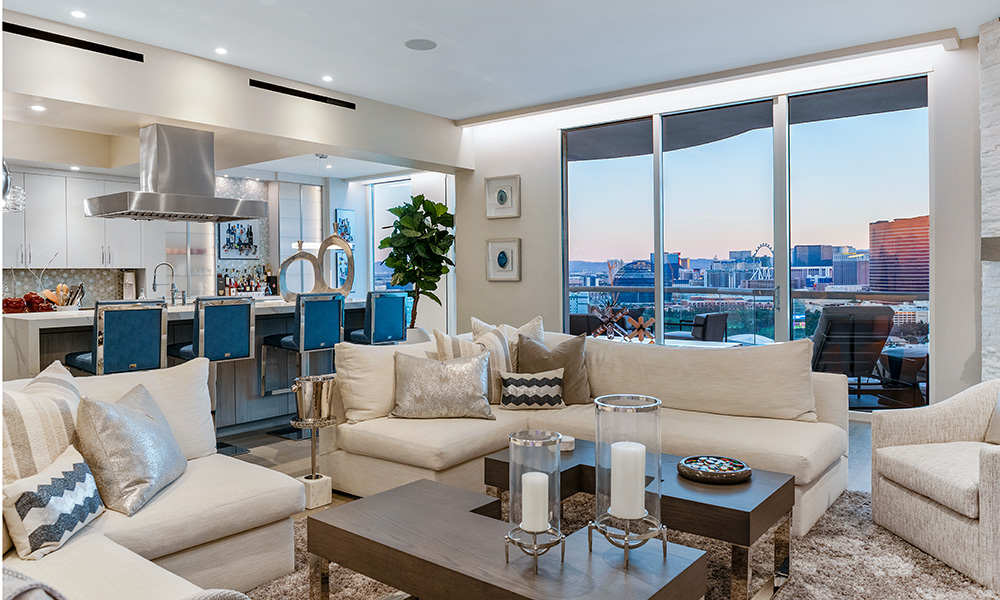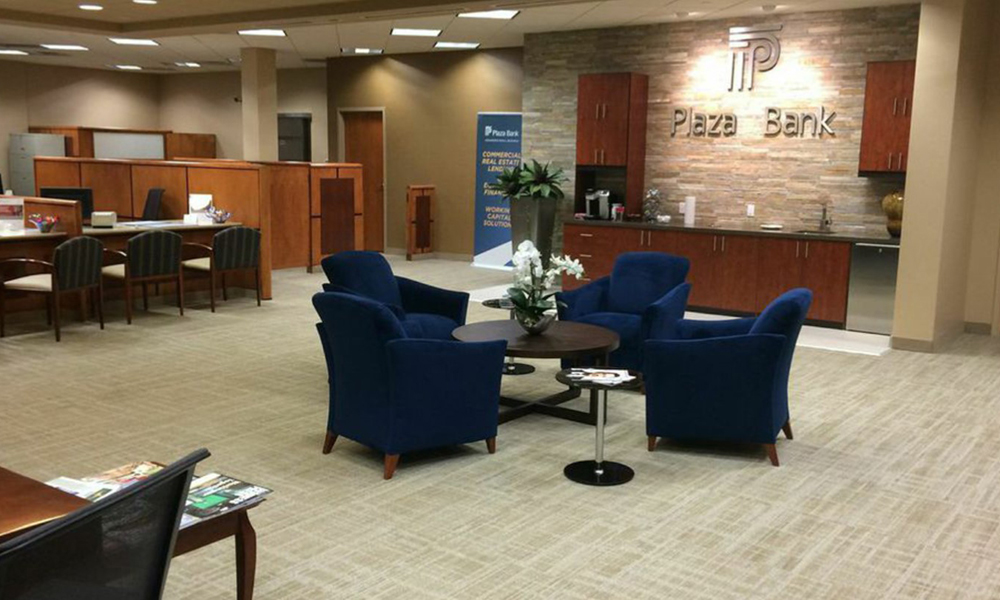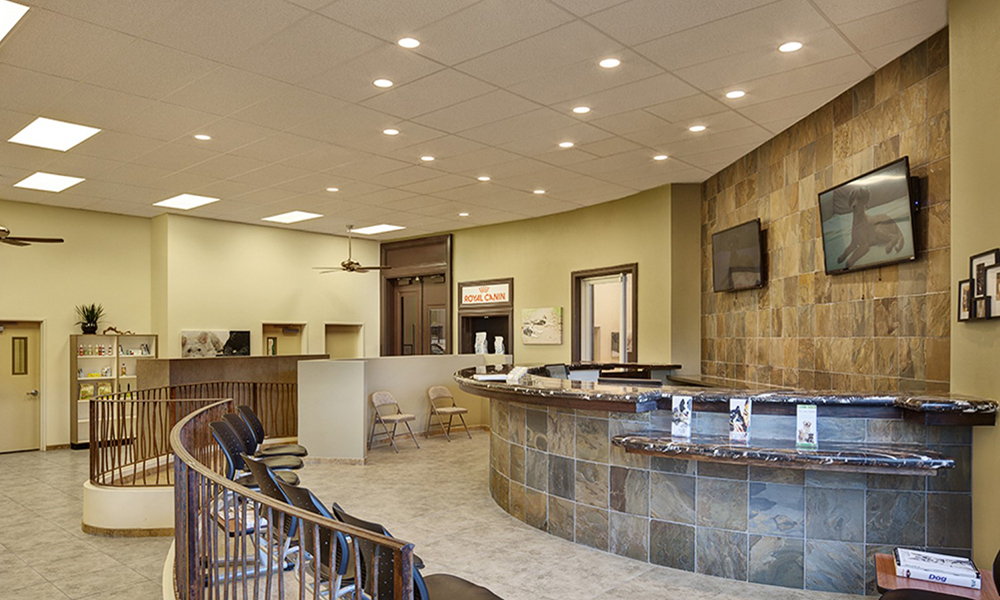
Turnberry Condo Makeover
December 22, 2022Top “5” Reasons to Hire a Designer
February 27, 2023Decorating a home or professional space requires “thoughtful” -and- “informed” decisions and a significant financial investment, so you want to ensure it is done correctly the first time. But how does a non-professional do that? Where do you begin?
The first decision is to hire an Interior Designer – not an Interior Decorator. This blog will explain the difference between the two and act as an introduction to Diane Cabral Interiors.
Interior Design is the Art and Science of understanding people's behavior to create functional and stylish spaces within a home or building. In contrast, Interior Decorating is merely the furnishing or adorning a space with design elements (paint, furniture, objets d’art) to achieve a pleasant space. In short, Interior Designers may decorate, but Interior Decorators do not design.
In Nevada and 26 other states, interior designers must have a formal education and a certification from the National Council for Interior Design Qualification (NCIDQ). They must also become registered with the state licensing regulatory board (the Nevada State Board of Architecture, Interior Design, and Residential Design, NSBAIDRD) before working as the principal designer on a commercial interior design project.
Health, Safety, and Well-Being
The interior design of commercial buildings is regulated because the spaces are open to the public and employees, and therefore a risk to the health, safety, and well-being is involved. Interior designers are educated in building and fire codes that consider proper space planning and allow for unobstructed ingress and egress in an emergency. Materials for window coverings, upholstery, carpet, and other soft surfaces must meet a commercial fire-rated standard and be used so as not to become a hazard. Lighting must be adequate for the space, including emergency way-finding lights in case of a fire or electrical blackout. The materials and components used to decorate a commercial space cannot emit gasses or fumes, no matter how subtle, that would cause respiratory harm to the occupants.
Rules of Conduct
Nevada, and other states that require interior designers to be registered, have established specific rules of conduct written into law to protect the public. Unfortunately, those rules do not apply to interior decorators; therefore, it is much harder for a client to receive legal restitution if a project is not done correctly.
Skills and Expertise
The skill level between a registered interior designer and an interior decorator is significant. In addition to the specific education level required to pass the NCIDQ examination, interior designers are also skilled in project management and working with contractors.
Save Money
You might think that hiring an Interior Designer is only for the very wealthy. But this is a fallacy. A professional will ALWAYS save you money over an amateur. Diane Cabral Interiors work in tandem with you to ensure that all details reflect your vision. There will be no costly mistakes or changes, as we vow to do it right from Minute One. And, as professionals, Interior Designers often receive merchandising discounts for their clients.
Quality
Interior Designers are trained to recognize quality and often have exclusive entrée into design studios, furniture showcases, and manufacturers. This opens the possibilities for a beautiful home or office you might not know existed. That “Special Piece” which makes a room is NOT in your mail order catalogue. ONLY your Interior Designer can work decorative magic.
Creativity
Because Interior Designers work on a variety of projects with architects and other design professionals, they have the opportunity to see examples of designs, color schemes, and themes that work and sometimes do not work. This allows them to capitalize on this knowledge, visualize your space, and then offer creative suggestions.
Handling the Small Details
Every project has unforeseen difficulties—delayed deliveries, contractor change orders, wrong colors or items, hidden structural issues, etc. If you can imagine it, it can happen. However, the project management skills of an Interior Designer will take the pressure off the owners and allow them to sit back and enjoy the process.
At Diane Cabral Interiors, we take care of the details:
- Conceptualizing designs by turning a client's ideas into design plans or blueprints. Together, we can focus on bringing this vision into fruition.
- Determining the project’s overall costs to ensure it meets the client's budget.
- Setting project timelines to help clients understand how long the project might take, any inconveniences they may encounter, and how best to plan for the exciting changes ahead.
- Outlining objectives for the project and aligning them with realistic expectations.
- Sourcing suitable materials for the project and helping our clients choose durable or aesthetically pleasing options based on the project's objectives.
- Inspecting the completed project and approving the final design to verify consistency with the customer's objectives.
To see how Diane Cabral Interiors can transform your home or workspace, go to https://www.dianecabralinteriors.com/ and check out our portfolio or call 702-367-6570 for a personal design consultation.




